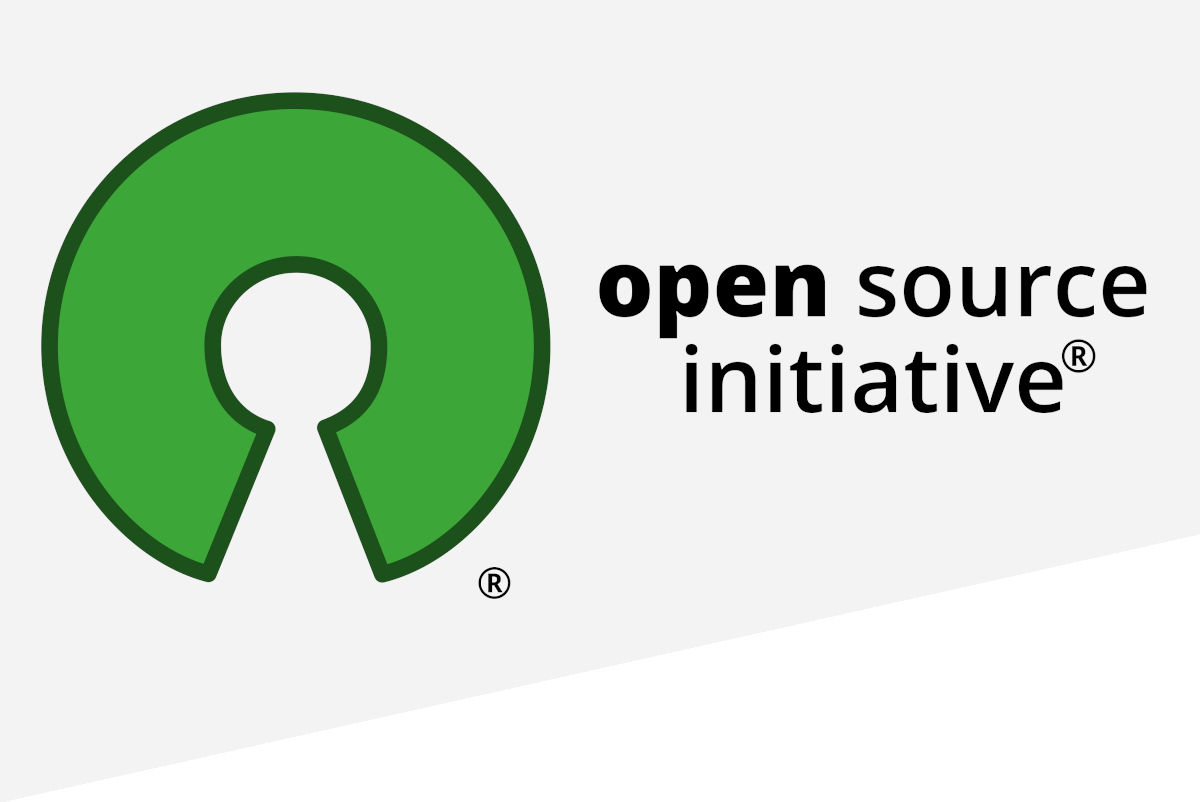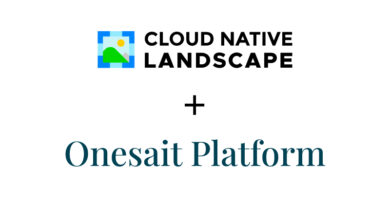Key moments in the open source world: GPL
Until 1989, software written and published by the Free Software Foundation and RMS did not have a single license: Emacs was released under the Emacs license, GCC was released under the GCC license, etc.
(Luckily) Stallman was forced by Unipress company to stop distributing copies of an Emacs implementation he had acquired from James Gosling (Java), so Stallman felt that a license to guarantee user freedom was important.
The first version of the GNU General Public License was released in 1989, and it encapsulated the values of copyleft (pun intended, what’s the opposite of copyright?): You may use, copy, distribute, and modify the software covered by the license, but if you make changes, you must share the modified source code along with the modified binaries. It was this simple requirement to share modified software, combined with the advent of the Internet in the 1990s, that allowed the free software movement’s decentralized, collaborative development model to flourish.





